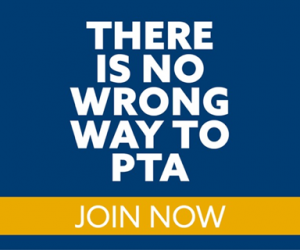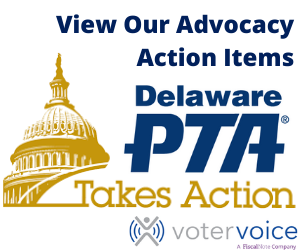The benefits of family-school-community partnerships are many: higher teacher morale, more parent involvement, and greater student success are only a few. That is why PTA developed the National Standards for Family-School Partnerships Implementation Guide, a tool for empowering people to work together with an end goal of building family-school partnerships and student success.
For each of the six National Standards for Family-School Partnerships, this online guide provides:
- An explanation of each standard and its importance
- Insights to help convince educators of the standard’s value
- A success story from a school community
- Action steps for your school community
- Resources to enhance your understanding
The full guide, downloadable as a PDF, provides additional details, background, research, and success stories.
Who should use this guide?
Anyone with a stake in improving schools and student achievement can use this tool: PTA leaders, parents, school administrators, school board members, community organizations, and more.
How to use this guide
This guide can assist organizers with implementing programs and policies that encourage these family-school partnerships. Used with the supporting resources, it can help organizers educate their communities about the importance of family involvement and direct the development of effective partnerships. These materials are best used after the formation of an action team focused on promoting family involvement. This team can include parents, other caregivers and family members, school staff, community members, and even students.
To get started, go to “First Steps” below and then examine the online components for each of the National Standards, also listed below.
First Steps
What you or your organization needs to do first to establish a family-school partnership
Standard 1 – Welcoming All Families
Actions for making families feel welcomed, valued and connected to each other and the school.
Standard 2 – Communicating Effectively
The building blocks to effective communication between parents, schools and parent groups
Standard 3 – Supporting Student Success
Encouraging parent involvement to heighten student achievement
Standard 4 – Speaking Up for Every Child
Methods for becoming an effective advocate for children and their education
Standard 5 – Sharing Power
Ways to share power between families, students, teachers, school staff and the community
Standard 6 – Collaborating With Community
Resources for connecting the school with the community




